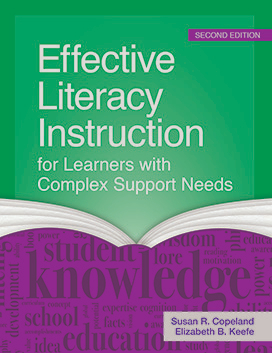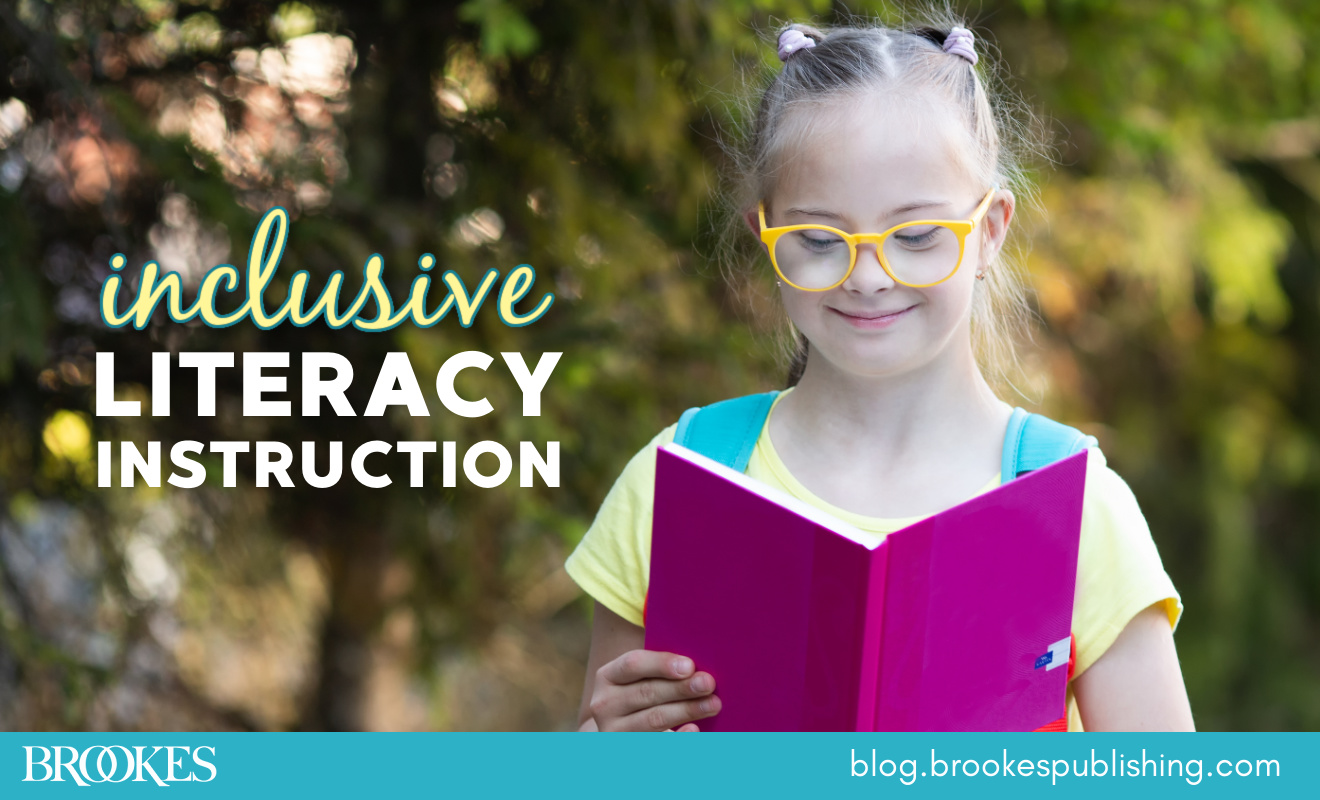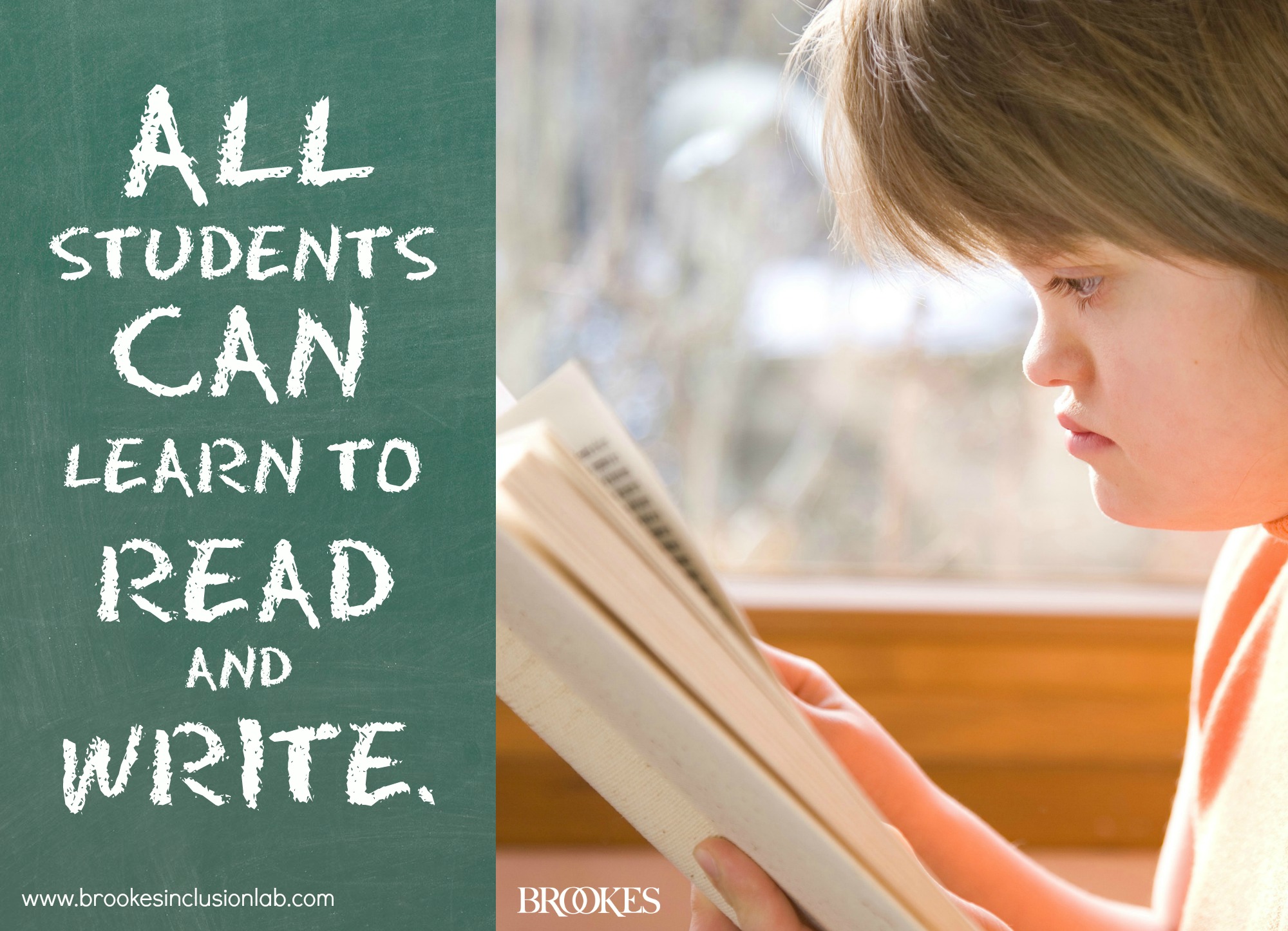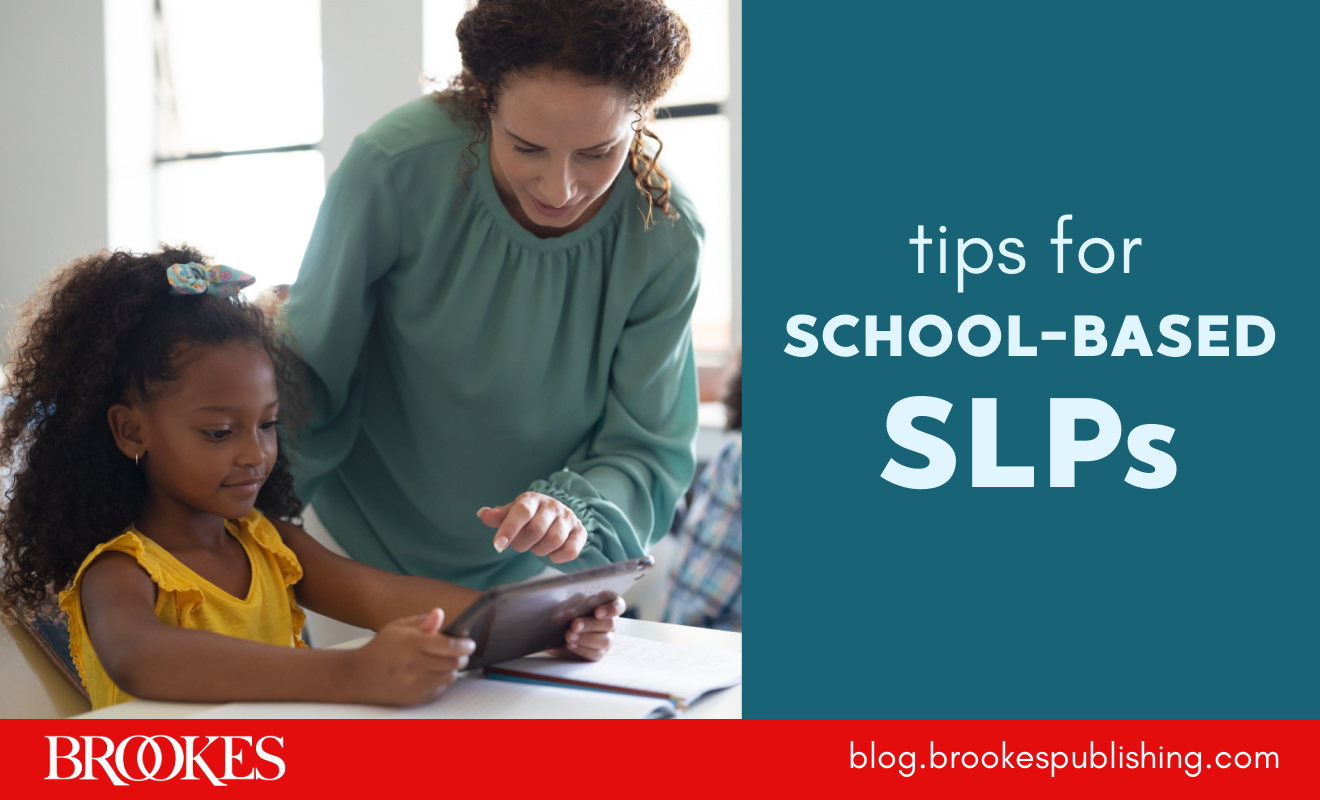16 Low-Cost Ways to Facilitate Reading Skills for Learners with Support Needs
October 17, 2024
 When students have disabilities or other support needs, how can their teachers best facilitate reading skills? Here are some helpful, low-cost ideas for literacy supports and adaptations, from the book Effective Literacy Instruction for Learners with Complex Support Needs, Second Edition. While these adaptations are recommended for individuals with more specific support needs, many of your other learners might find them helpful, too!
When students have disabilities or other support needs, how can their teachers best facilitate reading skills? Here are some helpful, low-cost ideas for literacy supports and adaptations, from the book Effective Literacy Instruction for Learners with Complex Support Needs, Second Edition. While these adaptations are recommended for individuals with more specific support needs, many of your other learners might find them helpful, too!
For individuals who are visually impaired or cannot access traditional written text for other reasons:
- Conduct read-alouds or shared reading of the text (or enlist a peer to read out loud).
- Add tactile elements to pages—for example, a tree branch attached to a page with text about trees.
- Use texts with very large font, when available. Try your local library first; they have interlibrary loan services and can access many materials from other libraries. If unsuccessful, try Learning Ally (especially for content-specific academic texts).
- Add glow-in-the-dark paint like Tulip puffy paints to images in wordless picture books. This makes them tactile because they literally pop off the page.
- Use audio summaries of the text. Many CliffsNotes print texts are now available online as free, downloadable audiobook versions that users can download onto a computer or phone—a great option for some individuals with complex support needs and for those who are visually impaired.
For learners who have disabilities involving fine motor control or other physical impairments that make handling traditional text difficult:
- Add “handles” to the edges of pages of books using items like Popsicle-type wooden craft sticks, or use thick sticky tabs for easier page turning.
- Provide a desktop easel to hold a text or other literacy materials (e.g., handouts) in place for easier reading. Ask a peer to assist the student in turning the pages when it is time.
- Use letter, word, or phrase magnets and provide a metal cookie sheet on which to move them around. This is an ideal way for learners to practice vocabulary, grammar, sentence structure, and other literacy skills.
For learners who have difficulty with decoding in general:
- Facilitate reading skills with simple text supports. Reword content, use short sentences, offer sidebars with vocabulary definitions, provide space between lines of text, use large font, block out unnecessary text that may distract, and circle, underline, or highlight text on a page that is important and should be read.
- Create story maps and graphic organizers that can be used with individuals or groups. Story maps are a handy way to record information about the title, author, characters, settings, and plot events, including the story’s main problem and its resolution. You might consider providing completed graphic organizers before, during, and after reading instead of having learners fill in the elements themselves.
- Develop a glossary of vocabulary terms that may be used throughout reading.
- Ask comprehension questions throughout the text. Sticky notes attached to the page margins are great for this!
- Consider giving short, more frequent quizzes throughout a lesson or unit rather than end-of-unit tests that are more comprehensive and may be overwhelming for some learners. Quizzes that require simple yes/no responses that may be circled may be a good choice for some students. (Study guides and test reviews are good supports before longer tests.)
- Use color coding for routine practices. Try sticky notes with definitions, main ideas, questions, and symbols used as cues (e.g., stars, exclamation points).
- Allow movement. Students who respond well to kinesthetic activities may benefit from moving around the classroom while reading and writing. Provide them with clipboards and agree to ground rules ahead of time.
- Increase student choice. Whenever possible, allow students to make choices surrounding texts to be read, responses, homework, projects, and other forms of informal assessment.
Use these 16 practical tips to help facilitate reading skills in students with and without disabilities. And for comprehensive guidance on how to increase access to literacy for K–12 students with complex support needs, pick up the book behind today’s blog post.




Write a Comment
Your email address will not be published. Required fields are marked *
Post a Comment